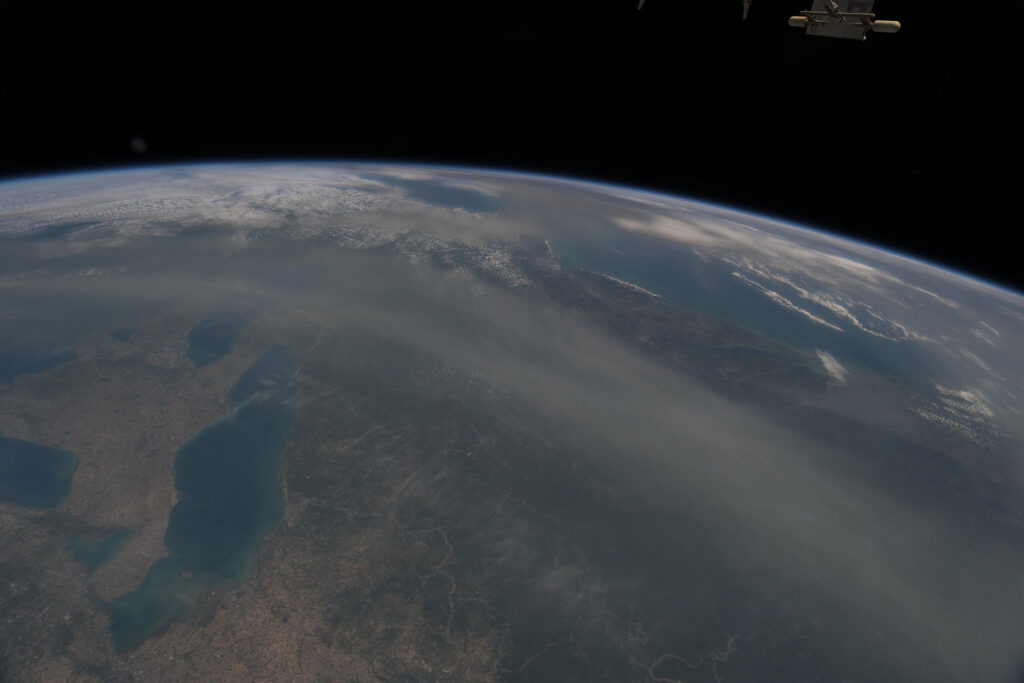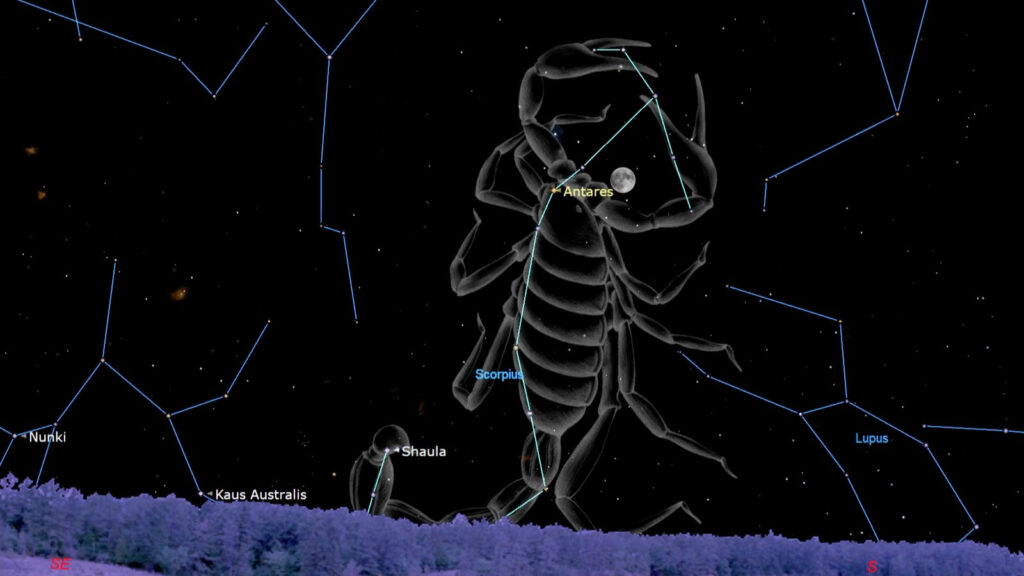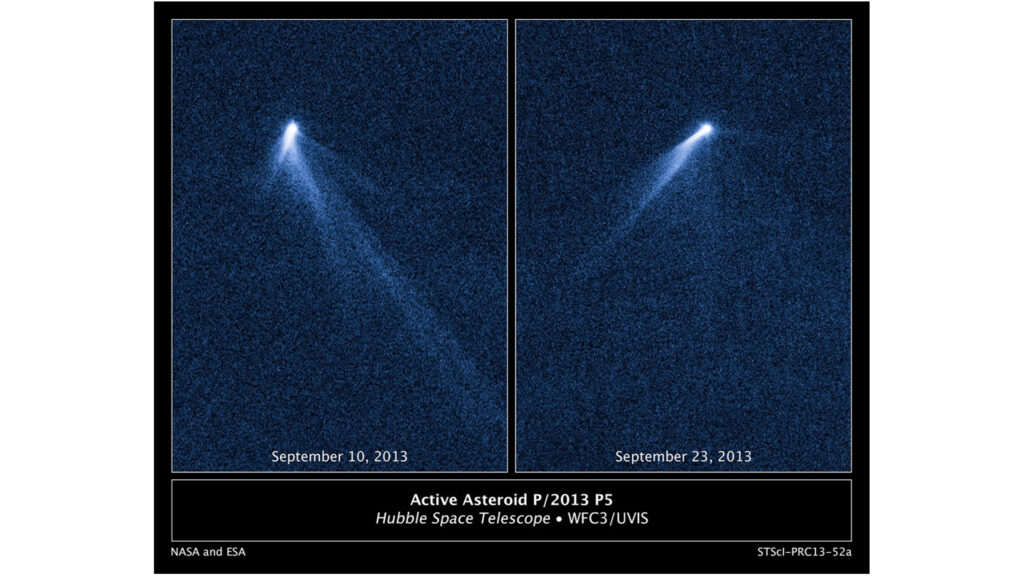Fresh off its success at the moon, India is now headed for the sun.
The nation launched its first-ever solar observatory today (Sept. 2), sending the Aditya-L1 probe skyward atop a Polar Satellite Launch Vehicle (PSLV) from Satish Dhawan Space Centre at 2:20 a.m. EDT (0620 GMT; 11:50 a.m. local India time).
The PSLV deployed Aditya-L1 into low Earth orbit (LEO) as planned about 63 minutes after liftoff, sparking applause and high fives in mission control.
“Congratulations, India, and congratulations, ISRO [the Indian Space Research Organisation],” Jitendra Singh, India’s Minister of State for Science and Technology, said shortly after deployment on ISRO’s launch webcast.
“While the whole world watched this with bated breath, it is indeed a sunshine moment for India,” Singh added.
The successful launch followed on the heels of another big milestone for India: On Aug. 23, its Chandrayaan-3 mission became the first to land softly near the moon’s south pole.
Chandrayaan-3’s lander-rover duo are expected to conk out in a week or so, when the harsh lunar night falls at their touchdown site. But Aditya-L1’s long journey has just begun.
Related: Facts about the sun’s age, size and history

A long road to a good sun-viewing spot
Aditya-L1 won’t stay in LEO forever: After a series of checkouts, it will use its onboard propulsion system to head toward Earth-sun Lagrange Point 1 (L1), a gravitationally stable spot about 1 million miles (1.5 million kilometers) from our planet in the direction of the sun.
That destination explains the latter part of the mission’s name. And the first part is simple enough: “Aditya” translates to “sun” in Sanskrit.
The 3,260-pound (1,480 kilograms) observatory will arrive at L1 about four months from now, if all goes according to plan. But the long trek will be worth it, according to the ISRO.
“A satellite placed in the halo orbit around the L1 point has the major advantage of continuously viewing the sun without any occultation/eclipses,” ISRO officials wrote in an Aditya-L1 mission description. “This will provide a greater advantage of observing the solar activities and its effect on space weather in real time.”
Indeed, another sun-studying spacecraft is already at L1 — the Solar and Heliospheric Observatory (SOHO), a joint NASA-European Space Agency mission that launched in December 1995. (Several other spacecraft, including NASA’s James Webb Space Telescope, are at Earth-sun Lagrange Point 2, which is a million miles from Earth, in the direction away from the sun.)
Solar flares, the coronal heating mystery and more
Once it’s settled in at L1, the solar probe will use four three science instruments to study the particles and magnetic fields in its immediate surroundings and four others to scrutinize the sun’s surface (known as the photosphere) and its atmosphere.
This work will help scientists better understand solar activity, including the dynamics of solar flares and coronal mass ejections (CMEs), ISRO officials say. Flares are powerful flashes of high-energy radiation, and CMEs are huge eruptions of solar plasma.
Both types of outburst can affect us here on Earth. Intense CMEs that hit our planet, for example, trigger geomagnetic storms that can disrupt satellite navigation and power grids. (As a side benefit, such storms also supercharge the gorgeous light shows known as auroras.)
Aditya-L1 will also tackle the “coronal heating problem,” one of the biggest mysteries in heliophysics. The corona — the sun’s wispy outer atmosphere — is incredibly hot, reaching temperatures around 2 million degrees Fahrenheit (1.1 million degrees Celsius), according to NASA.
That’s about 200 times hotter than the solar surface, which is “only” 10,000 degrees F (5,500 degrees C) or so. It’s still unclear what is responsible for this startling and counterintuitive discrepancy. (Why would it be hotter away from the sun’s core, where the energy-producing nuclear fusion reactions are occurring?)
Aditya-L1 has other science goals as well. For instance, the mission also aims to more fully flesh out the solar wind, the stream of charged particles flowing constantly from the sun, ISRO officials said. Aditya-L1 will measure the composition of the solar wind and attempt to determine how it is accelerated.
RELATED STORIES:
And Aditya-L1 will do all this work on the cheap: The mission’s price tag is about 3.8 billion rupees, or $46 million US at current exchange rates. That’s in the same ballpark as Chandrayaan-3; India’s first successful moon-landing mission costs about 6.15 billion rupees, or $74 million US.
For comparison, NASA’s most recent big-ticket sun mission, the record-setting Parker Solar Probe, costs roughly $1.5 billion. This disparity should not be viewed as an indictment of NASA, however; labor costs are much higher in the United States than in India, among other differences between the two nations’ economies.


